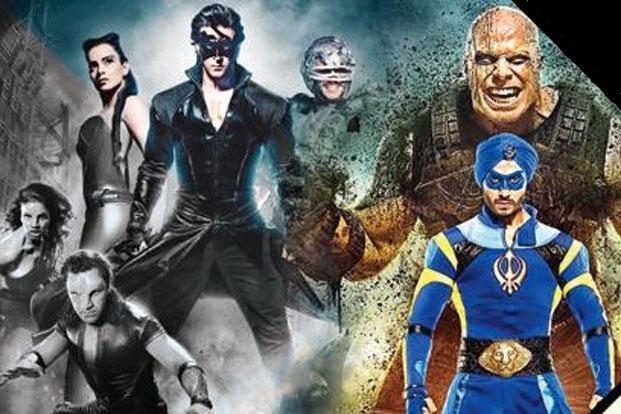In search of the Indian superhero
A woman clad in salwar-kameez, her hair tied in a braid, stitching something for her son on her Usha sewing machine in Remo D’Souza’s A Flying Jatt, is a typical Indian middle-class moment. Yet it’s the first time we’re seeing a superhero getting his suit sewn by his mother—a distinctly Indian twist to an American idea. The suit, when ready, is blue, just like the traditional dress of Sikh warriors.
The superhero ends up with pepper spray in his eyes while trying to protect a woman from eve-teasers. He has a fear of heights, is self-deprecating, and rooted in a local context. These are qualities that have been missing from the Indian superhero film. A Flying Jatt might not mark the genre’s coming-of-age in India, but it at least indicates growing levels of maturity, of engaging with the constantly evolving language of a genre whose rules are being subverted increasingly by Hollywood. The film collected Rs.27.5 crore during its extended weekend (all collection figures are industry estimates provided by Ormax Media).
It’s also an improvement on earlier Hindi screen superheroes. Films such as Shiva Ka Insaaf (1985),Superman (1987) and Toofan (1989) had tacky special effects and plots lifted from Hollywood films, and are worth remembering only for their camp value. In the late 1990s, there was Shaktimaan, a derivative but popular TV series broadcast originally on Doordarshan. For those children at the time who hadn’t yet seen the Superman and Batmanmovies, it was an initiation into the world of costumed men and intergalactic battles with evil geniuses.

